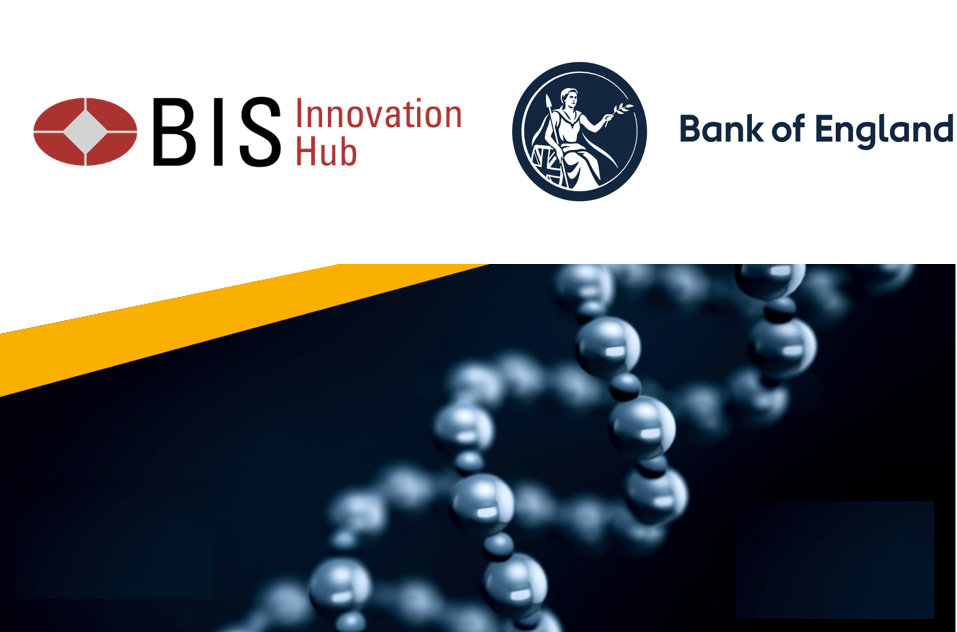
Last Friday, the Bank for International Settlements (BIS) Innovation Hub published the results of its ‘Project Rosalind’ experiment into API (application programming interface) prototypes for a retail central bank digital currency (CBDC).
The experiment, carried out in collaboration with the Bank of England, sought to develop a standardized API layer to enable a two-tier retail CBDC, consisting of a public and private sector partnership.
In this approach, accounts and balances are maintained by the central bank and recorded on a central bank ledger, while user-facing services such as wallets and account management functions are developed by private sector service providers, including payment interface providers (PIPs) and ecosystem service interface providers (ESIPs). These PIPs and ESIPs could be banks, financial institutions or any other entity, provided that it has appropriate regulatory permission.
The architecture for the project consisted of four layers: a central bank ledger layer, a ledger API layer, the core API layer which was the focus of the project, and a service providers layer. This enabled the core API to interact with several different central bank ledger designs, and both account-based and token-based ledgers were simulated as part of the experiment.
The core API also supported end-to-end encryption between service providers, meaning that no personally identifiable information (PII) was passed to the central bank.
Both this and transaction history information were stored at PIP level, and these providers would also be responsible for onboarding, AML and KYC processes. However, all CBDCs would be directly issued and settled in real-time via pseudonymous accounts recorded by the central bank on its ledger.
The core API layer consisted of over 30 API endpoints across six functional categories, which included Account Management: open, freeze and close accounts and sub-accounts, and check balances, Payments: push, split, request and authenticated request payments, and fund/defund functionality, and Programmability: two and three party locks to reserve funds until conditions are met (e.g. supply chain payments).
To ensure that the API was designed and built with user needs at the forefront, the whole project was approached as a public/private sector collaboration, split into two distinct phases and a TechSprint. After designing and developing and testing the API prototype with developers and industry experts in Phase 1, Phase 2 broadened the ecosystem to explore more use cases.
Finally, in March 2023, twenty-three teams participated in the TechSprint, demonstrating a diverse range of use cases.
Regular readers may have noticed that we are sometimes perhaps a touch cynical about CBDC projects, as many seem determined not to disenfranchise commercial banks from their existing positions of power and profit.
However, Project Rosalind seems to have been a thorough and well-considered investigation into how best to create a standardized API which can allow third-party providers to connect to whatever backend ledger design a central bank chooses, thus providing genuine value to central banks, consumers, and PIPs.
And refreshingly, these may be the user’s regular trusted bank, but could just as easily be a FinTech startup offering an innovative take on banking services.
We assume that as project collaborators, the Bank of England must already be on board with such a model, but will be closely Observing which other nations align themselves with the results of Project Rosalind.
